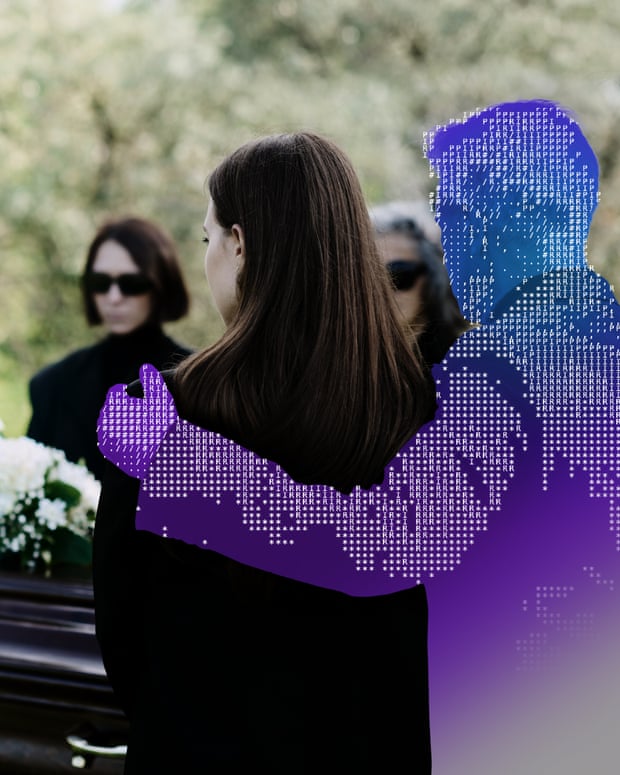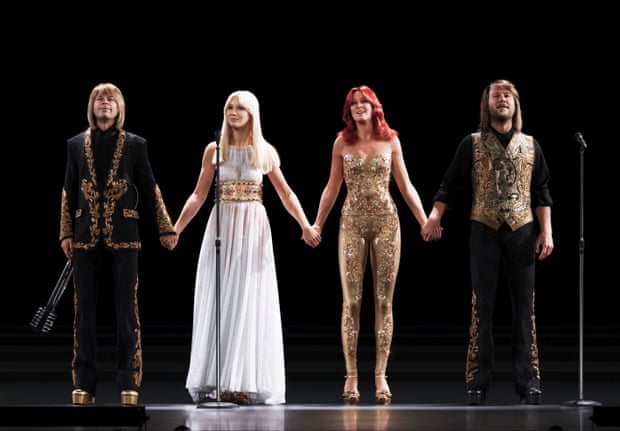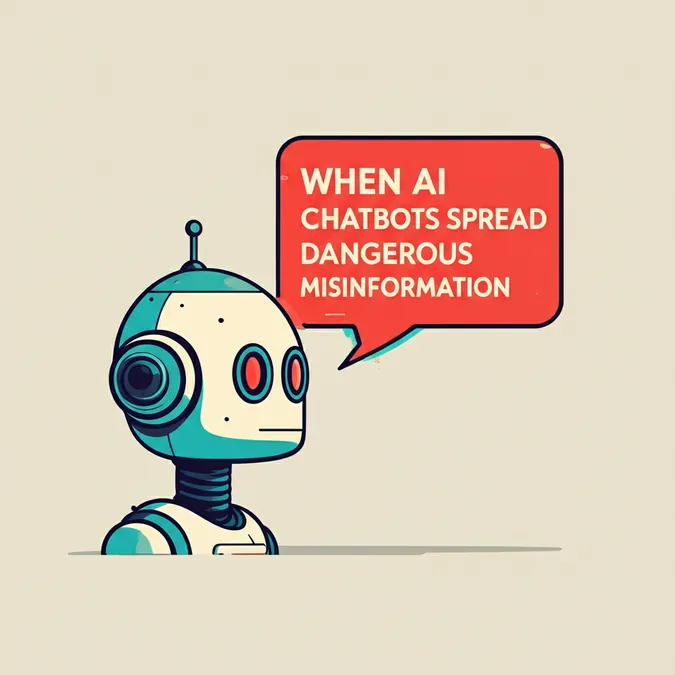AI Afterlife The Rise of Digital Ghosts

At a recent Rod Stewart concert, the audience was met with a startling sight: AI-generated images of the late Ozzy Osbourne, joined by fellow departed legends Michael Jackson, Tina Turner, and Bob Marley. The tribute sharply divided fans, with some calling it beautiful and others finding it distasteful.
This is just one example of a rapidly emerging trend. Around the same time, former CNN correspondent Jim Acosta conducted an interview with a digital recreation of Joaquin Oliver, a 17-year-old killed in the 2018 Parkland school shooting. His parents, who created the avatar, described hearing his voice again as a blessing. Similarly, Reddit co-founder Alexis Ohanian shared an AI-generated animation of his late mother, created from a photograph, expressing how profoundly it moved him.
These instances highlight the growing phenomenon of “digital resurrection,” where AI is used to create interactive bots and images of the deceased from their digital footprint. As companies offering these “griefbots” or “deathbots” multiply, so do the complex questions about exploitation, privacy, and the very nature of grieving.
The Rise of Digital Resurrection
What was once a concept relegated to science fiction is now becoming a reality thanks to accessible technology. “It’s vastly more technologically possible now because of large language models such as ChatGPT being easily available to the general public and very straightforward to use,” explains Elaine Kasket, a London-based cyberpsychologist. “When someone dies, if there are enough digital remains – texts, emails, voice notes, images – it’s possible to create something that feels very recognisable.”

Interactive avatars can now be created with relative ease and affordability, and public interest is growing. A 2023 poll commissioned by the Christian thinktank Theos found that 14% of respondents would find comfort in interacting with a digital version of a deceased loved one, with younger people showing more openness to the idea.
A New Frontier for Grief and Mourning
Connecting with the dead is a deeply human impulse. Historically, we've kept locks of hair, reread letters, and visited memorials. “Human beings have been trying to relate to the dead ever since there were humans,” says Michael Cholbi, a professor of philosophy at the University of Edinburgh. “Now the question is: does AI have anything to add?”
Louise Richardson, a philosopher at York University, notes that while deathbots can serve the same purpose as traditional methods of maintaining connection, they can also be disruptive. “They can get in the way of recognising and accommodating what has been lost, because you can interact with a deathbot in an ongoing way.” The ability to ask a bot what a loved one might have thought or said presents a new, and potentially problematic, dynamic.

The Ethical Minefield of an AI Afterlife
The creation of these digital ghosts is fraught with ethical challenges. One concern is the creation of “sanitised, rosy” representations. Cholbi points out that someone creating a deathbot for their grandmother might conveniently omit her less appealing traits. Nathan Mladin, author of the Theos report AI and the Afterlife, warns of dependency. “You think you’re talking to a person when you’re actually talking to a machine. Bereaved people can become dependent on a bot, rather than accepting and healing.”
The commercialization of grief is another significant risk. The trend has boomed in China, where the market was estimated to be worth £1.2bn in 2022. While simple avatars are cheap, advanced interactive versions can cost thousands. Privacy is also a major issue. “A person who’s dead has no opportunity to consent, no right of reply and no control,” says Kasket, leading some to now specify in their wills that their digital material not be used posthumously.
Beyond Grief: Avatars for the Living and for History
This technology isn't limited to the deceased. The wildly successful Abba Voyage show features digital avatars of the band members in their prime, reportedly making £1.6m a week. On a more serious note, the UK’s National Holocaust Centre and Museum has been creating interactive avatars of survivors to preserve their testimonies for future generations.

A Technological Solution to a Human Experience?
Despite the buzz, some experts believe there is an element of “AI hype” around deathbots. Cholbi doubts that many people will sustain relationships with these avatars long-term, suggesting most will eventually reconcile with the finality of death.
For others, the rise of deathbots signals a deeper cultural shift. Mladin suggests it reflects a longing for transcendence and permanence being redirected toward technology. “This is an expression of peak modernity, a belief that technology will conquer death and will give us life everlasting.”
Ultimately, Kasket offers a powerful caution against viewing grief as a problem to be solved. “If we lose the ability to cope with grief, or convince ourselves that we’re unable to deal with it, we are rendered truly psychologically brittle. It is not a pathology or a disease or a problem for technology to solve. Grief and loss are part of normal human experience.”


